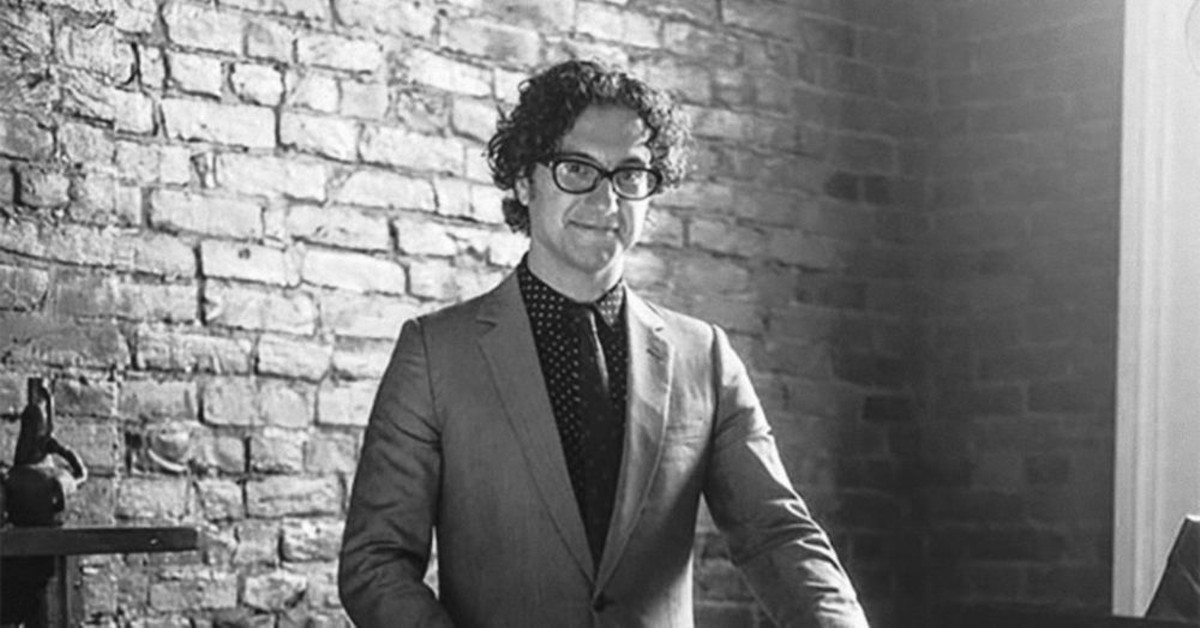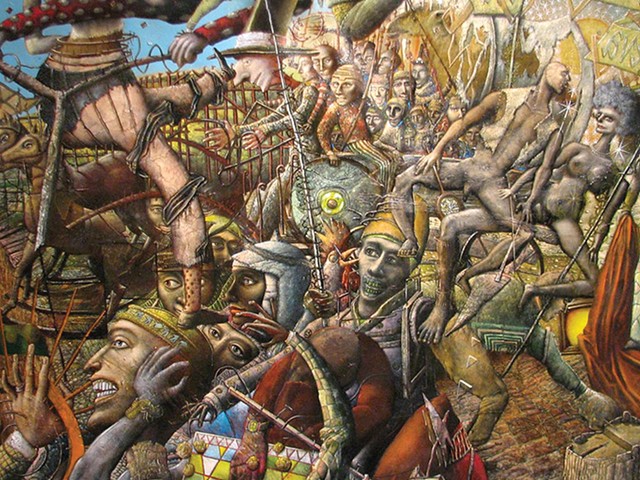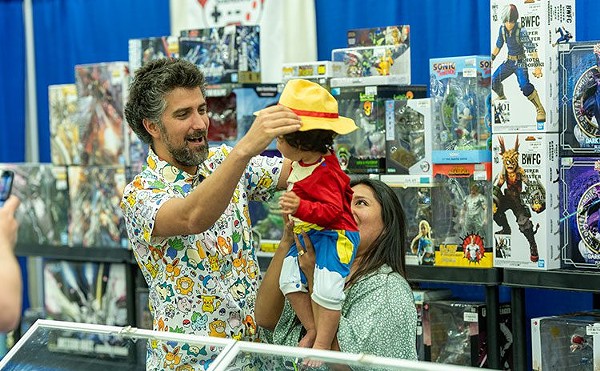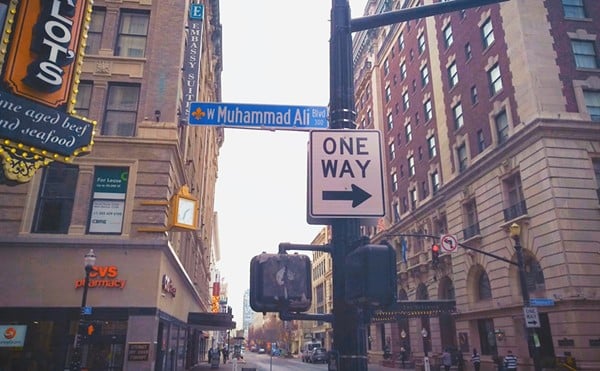This article is part of the 2019 Summer A&E Guide. For more, click here.
Many people believe that “classical” music is not something they would enjoy or understand. There are easy assumptions made about who this music is really for, what one needs to know to understand it, and why a genre like this exists alongside a much healthier and robust popular music industry. Despite these significant hurdles, I’ve spent most of my life trying to break every barrier that I can find surrounding the music that I love to play, and I’ve tried to make a case to my audiences and communities for how this music works and why it matters.
First, we need to eliminate the “classical” delineation. This is a meaningless word that preys on stereotypes and biases — images of tea services at a British manor with a string quartet in the background, or perhaps an old Hollywood film where the orchestra is representative of an experience for the elite. These images have nothing to do with the music itself, nor does the word “classical” have any hope of describing a mode of communication that ranges from the medieval chants of Perotin to the counterpoint of Bach, from Stravinsky’s earth-shattering “Rite of Spring” to the “Rhapsody in Blue,” and from experimental midcentury electronica to my friend Caroline Shaw’s collaborations with Kanye West.
Whatever you call it, this musical tradition has existed — symbiotically — alongside the vast range of musical genres that our species has developed. Composers from Mozart to Philip Glass have used the power of a “classical” technique and musical notation to interface with every form and format of sound that we’ve dreamed up. This music references and conjures up any time and place in human history. I believe that the creation this framework is one of the great accomplishments of human beings. A Beethoven symphony can incorporate an 18th-century country dance that he loved, and, simultaneously, one of his original melodies can be an international symbol of peace centuries after it was written. A Jewish, gay, socialist New Yorker named Aaron Copland single-handedly created our idea of the what the American “West” sounds like (and memorialized beef with a hoedown), and, simultaneously, his selfless incorporation of Americana fiddle and folk tunes has preserved musical heritages that might otherwise have been lost. Composers like Mahler, Stravinsky, Debussy and Ives took the music that they heard in real life — from Klezmer marches to church hymns to ragtime to Gamelan — and connected cultures instantaneously and authentically during periods of great historical fracturing and strife. That is the power of this art form: It transcends our differences and records the very nature of our existence through a universal communicatory system.
Why, then, can it feel so daunting to develop a relationship with this music? I look to our colleagues on the popular side of the music world for answers. Popular artists, labels, venues and festivals ask nothing more of you than to listen to music and decide whether you like it. It sounds obvious, but consider that this basic evaluational process is completely absent from the powerful institutional systems that protect so many of our “classical” arts. When we hear a new Kendrick Lamar album or Taylor Swift single we are asked simply to open up our ears and decide if you enjoyed it. If so, perhaps you might listen again. Musicians and industry executives alike understand that the music itself needs to do the real work. If you simply like a song, our natural human curiosity and desire to absorb and share meaningful art will be activated.
That is all that I ask of our audiences at a Louisville Orchestra performance. The responsibility to put on a great show that gives you all the tools to understand our music is squarely on our shoulders as performers. You reserve the right to like something, to find something confusing or intriguing, to determine that some sounds are upsetting, or to discover a beauty that you didn’t know existed. The minute anyone tells you that you “should” come to a performance because it’s good for you, or it will somehow “educate” you, we have all collectively deflated the very power of this art form. In addition, your experience would be far removed from the purpose of music in the first place: to communicate something essential, to make you move (literally, emotionally and psychologically), and to share sounds that you don’t want to forget.
This is not to say that there isn’t a wonderful, endless world of information and theory that can help you understand all types of music (from Michael Jackson to Brahms or gagaku). But a great chef can prepare an extraordinary meal for someone who knows nothing about cooking, and a great architect can create a building immediately appreciated by people that have never heard of Frank Gehry or Frank Lloyd Wright. Just as the chef who makes you feel welcome by telling you a story about the inspiration behind the menu, and just like the architect who makes you feel welcome in a structure because the design compelled you to see what was inside, I attempt to invite each audience member — regardless of their backgrounds and predilections — to join us as equals when we share a musical experience. It’s my job, along with my colleagues onstage, to put on a show that moves you. I only ask that you give us a chance, and come with open ears. •
Teddy Abrams is Music Director of The Louisville Orchestra and Music Director and Conductor of the Britt Orchestra.






